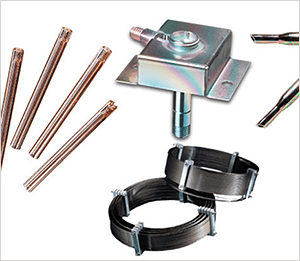An inert sample flow path is imperative for accurately quantifying sample profiles that are now more complex than ever before. Regulatory requirements coupled with increasingly difficult samples and sampling environments require solutions that cannot be achieved with any selection of raw material alone; metal components provide adequate robustness but quickly adsorb important molecules that must be analyzed at trace levels. In order to accurately quantify these critical compounds, the entire sample flow path throughout the analyzer must be inert to ensure that the whole sample reaches the detection point.

SilcoNert® 2000 Coating
SilcoNert® 2000, previously named Sulfinert®, is an amorphous silicon (a-Si) based coating that is applied via chemical vapor deposition (CVD). The deposition is performed under vacuum as a proprietary blend of precursor gases react to molecularly bond the coating to the substrate. This process allows for a completely non-line-of-sight coating which penetrates small orifices and easily coats complex geometries. The result is a robust, fully adhered coating that can move with components that must be configured to meet the physical demands of the analytical system. Although naturally inert, silicon alone is not adequately resistant to some of the more reactive compounds such as hydrogen sulfide (H2S), mercury (Hg), or ammonia (NH3), especially when these analytes must be quantified at very low - even parts-per-trillion - levels. To address this, SilcoTek functionalizes the silicon surface with hydrocarbon molecules in a secondary deposition process to increase inertness and reduce the effects of porosity in the layer. This, the final SilcoNert® 2000 surface, is the most inert coating available to the chromatography market.
When to use SilcoNert®
A SilcoNert-treated flow path is especially important for highly reactive species, e.g. sulfurs, NOx, SOx, stack gas, alcohols, pharmaceuticals, explosives, chemical weapons, volatile organic compounds (VOCs), OP pesticides, chlorinated pesticides, herbicides, and more. SilcoTek® is dedicated only to providing coating services and can make any stainless steel, glass, ceramic, titanium or exotic alloy inert, even outside of a standard GC configuration. Any surface that contacts your sample should be coated to ensure reliable results.






